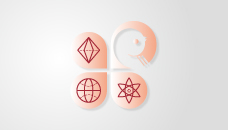Search by keywords or author
- Nano-Micro Letters
- Vol. 16, Issue 1, 247 (2024)
References

Weiliang Zhou, Chao Feng, Xuan Li, Xingxing Jiang, Lingyan Jing, Shuai Qi, Qihua Huo, Miaoyuan Lv, Xinbao Chen, Tianchi Huang, Jingwen Zhao, Na Meng, Hengpan Yang, Qi Hu, Chuanxin He. Boosting Electrochemical Urea Synthesis via Constructing Ordered Pd–Zn Active Pair[J]. Nano-Micro Letters, 2024, 16(1): 247
Download Citation
Set citation alerts for the article
Please enter your email address



